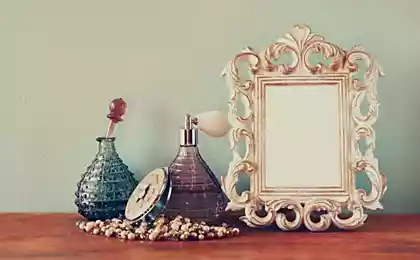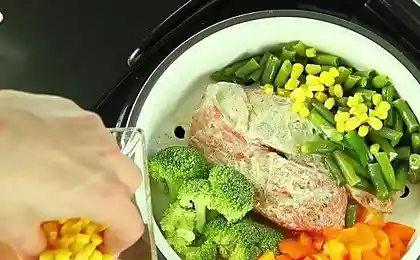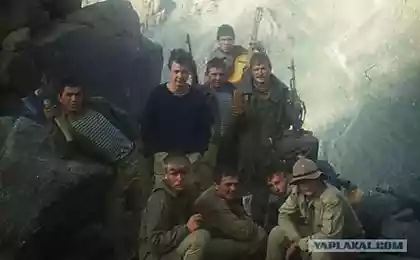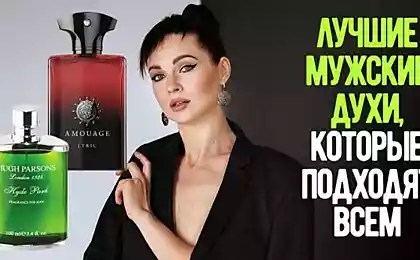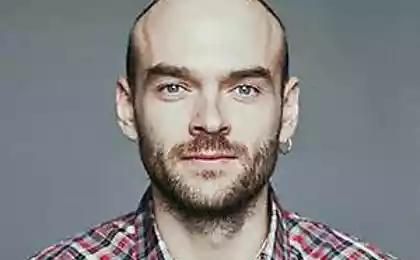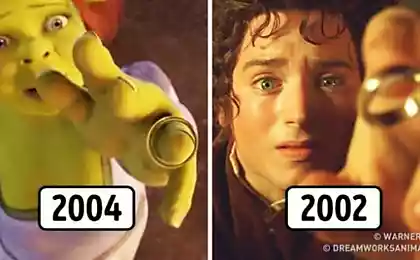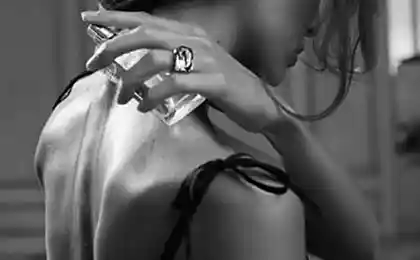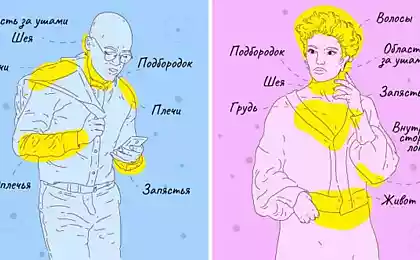1053
Photographing spirits (text + a couple of pictures)

Photo-tampering with images of spirits
It is believed that the photographs reveal the ghosts, spirits or spirits of the dead. Spirit photography has been a subject of controversy since its inception in 1861. Most of the "spirit photographs" can be explained as a spot on the film, the marriage at display or the play of light; Some of them have been exposed as a hoax. The best photos of spirits inconclusive and are not reliable evidence for the presence of a disembodied spirit in the form of ghosts or in favor of life after death.
First picture of the spirit is attributed to the Boston jeweler - engraver William Mamleru. In 1861, he was photographed and, after development of the photographic plate, saw his picture next to the image of the deceased person. Opening Mamlera had the time to spread the popularity of Spiritualism and mediumship and sessions, which establish contact with the dead. Photographing spirits for some time, it became a common passion and was seen as proof of life after death. People rushed to the photographers hoping to see emerging when printing photos of the dead person's favorite. One photographer, William Hope, said that he had made the photos for about the first 20 years of the XX century appeared more than 2,500 "extra" images (as they called ghost images). Hope took part in experiments Kruyskogo mug, the British group, which tried to prove the existence of spirits of the dead, pointing to their images on film.
In the first photo spirits face the ghosts are usually located on the portraits of living people or flush with the latter. Some of the photos appear "spirits" in full growth. In order not to disappoint customers by unscrupulous photographers faked photos, images, or applying additional effects by creating a ghostly double exposure.
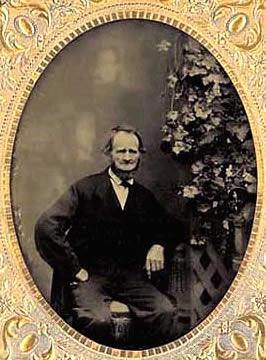
Those ghosts
Many fake pictures - and some of them are obviously fake - were perceived as real. Sometimes additional images of photographers are quite alive and healthy individuals. Perhaps the most outrageous are the photos that circle with the portraits of famous people grouped around the living. They were popular as American natives in robes of feathers ("spiritual guides»).
Fraud led eventually to the extinction of photographs of spirits, as well as fraudulent physical mediumship. Victims of fraud were, however, some famous people, including the famous Sir Arthur Conan Doyle, who was fooled by a fake photo amateurishly executed fairies.
Spiritual picture, also called psychic photography, still used, though quite differently than before. Many researchers photographed ghosts haunted places to see, does not manifest itself if the photograph anything unusual. In many cases there are strip light and white form, but most of such photographs scientifically convincing. Some advocates of photographing spirits studying prints individual spirits that if present in the background. Most likely, this is the impression created by chance - thanks to constitute the background vegetation, foliage, shadows, texture paneling and facades. False effects are called "fakes": this term was used by British author John Michell, who wrote about them in the same book Simulacra (1979).

Spirits in the photo
The most famous photograph of the spirit, which has been studied by scientists and declared "true", ie, not a fraud fabricated and has no natural explanation is the picture "Brown Lady" of Rainham Hall.
Ghost Research Society (IPR) from Oak Lawn (IL) collects photographs of spirits throughout the world. According to the president of the Society Dale Kaczmarek, about 90% of photos of perfume can be explained in a natural way - or spots on film or defect display, or as a forgery. The other 10% include photographs of shadows and patches of light strips that do not have an obvious explanation. These pictures are viewed as paranormal, although this does not mean that they depict the ghosts or spirits. They show a blur of light that Kaczmarek calls "paranormal fog" because of their mysterious blue-gray color, which can not be reproduced. Around since 1984, Kaczmarek tried to get similar effects by shooting through the steam, smoke and steam combined with different objectives and under different lighting, but to no avail.
IPR has five photographs, which show, apparently, these spirits: they are seen translucent but recognizable human contours distinguishable features.
IPR testing spirits photos by scanning them into your computer and digital analysis, which provides images with higher resolution than the ones that appear on the TV screen. This method can study the smallest details. Photos are printed on a laser printer.
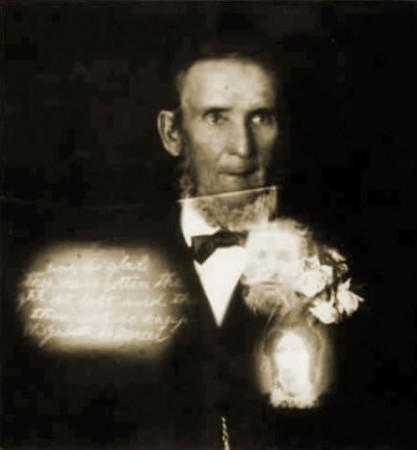
Perhaps pictures of spirits can be created inadvertently by psychokinesis exhibited by photographer and photographed, which, through his thoughts and intentions, imprints an image on film. This phenomenon is called parapsychologists "myslegrafiey" (the term was coined in the early XX century Tomokichi Fukarai, who was then President of the Japan Institute of Mental). Fukarai myslegrafii discovered the phenomenon in the course of their experiments on the ability to authenticate a clairvoyant. In the 1960s, parapsychologists researched myslegrafiyu Ted Seriosa of Kansas City (Missouri). It has been suggested that Serios creates images on the film, staring into the camera "Polaroid».
According to Kaczmarek, some photos of spirits available to IPR may be myslegrafii swatches.
More images that appear on the film for which has not been established relevant extract called temnografiyami (scotographs).
"Psychography" (a term coined by William medium Steyntonom Moses to describe the written messages of spirits) is also thought to occur on the film in the form of letters written by the hand of dead people.
IPR in their investigations of ghosts and poltergeists used a video camera, but it failed to capture on videotape any unexplained images.



